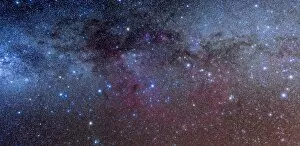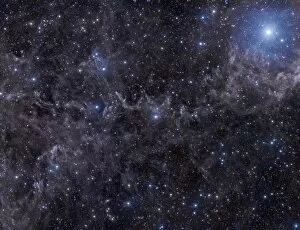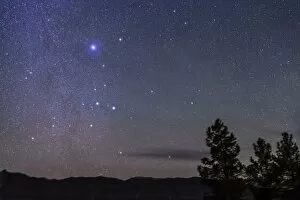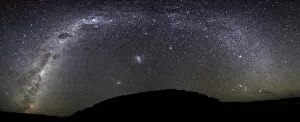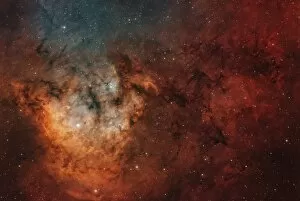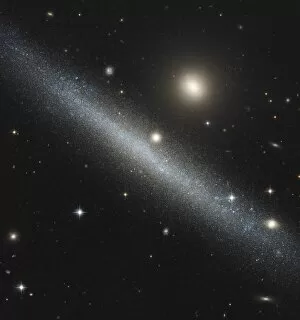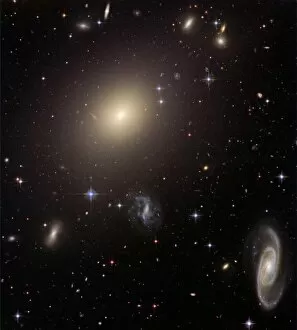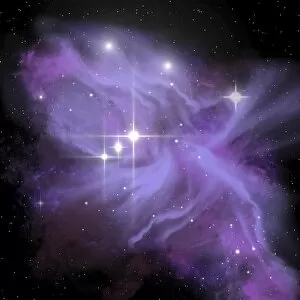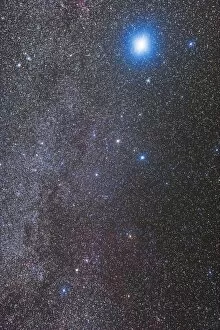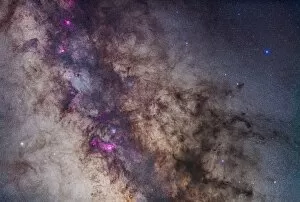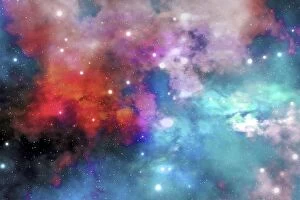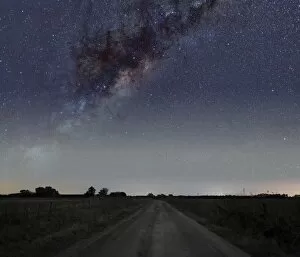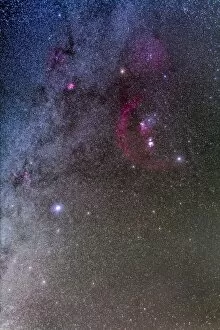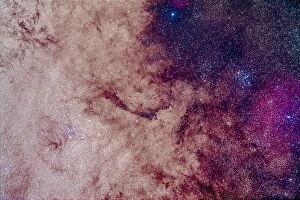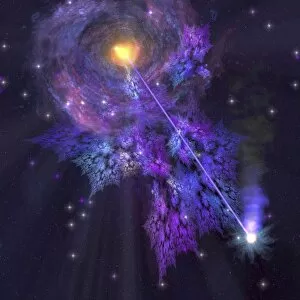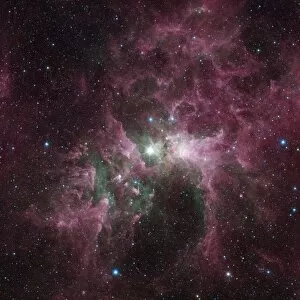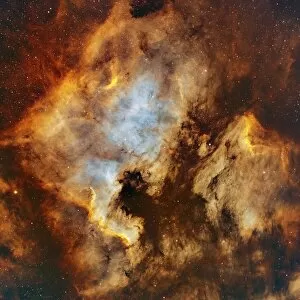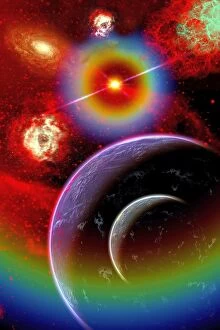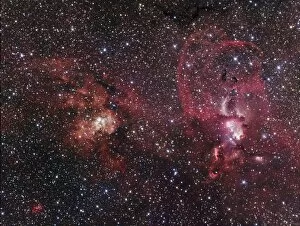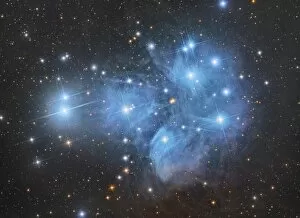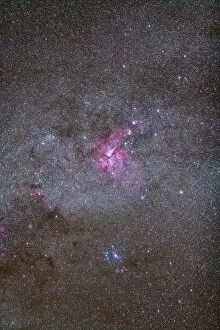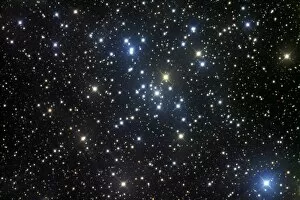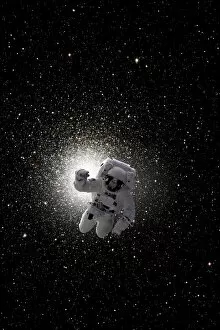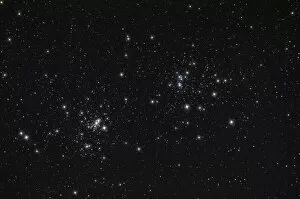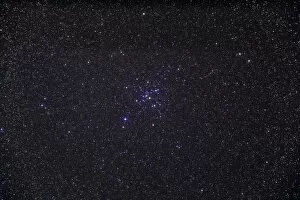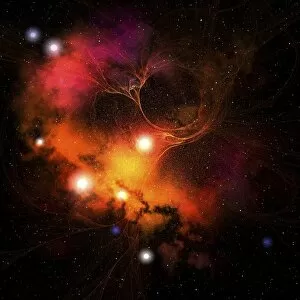Star Clouds Collection (#4)
"Exploring the Mysteries of Star Clouds: A Journey Through Cosmic Wonders" Embark on a cosmic adventure as we delve into the captivating world of star clouds
For sale as Licensed Images
Choose your image, Select your licence and Download the media
"Exploring the Mysteries of Star Clouds: A Journey Through Cosmic Wonders" Embark on a cosmic adventure as we delve into the captivating world of star clouds. From the massive galaxy cluster MACS J0717 to the ethereal beauty of IC 2177, also known as the Seagull Nebula, these celestial phenomena leave us in awe. In our exploration, we encounter NGC 457, an open star cluster residing in Cassiopeia, where countless stars come together like a glittering tapestry. As we gaze upon the Milky Way over an old ranch corral, we are reminded of its vastness and magnificence. Moving further into space, we discover the Pinwheel Cluster and Starfish Cluster nestled within Auriga's embrace. Their intricate patterns resemble nature's own creations—a testament to the wonders that lie beyond our reach. Venturing deeper still, we find ourselves amidst the Vela supernova remnant at the heart of Gum Nebula area in Vela. Its explosive remnants serve as a reminder of stellar cataclysms that shape our universe. Our journey takes us to Aquila's Altair—its brilliance illuminating this constellation with unparalleled radiance. The Carina Nebula awaits us next; its vibrant colors painting a breathtaking portrait against an endless canvas. As we approach Scutum's Wild Duck Cluster, it becomes apparent why it earned such a whimsical name—the stars flock together like migrating birds across this corner of space. And there beside it lies Comet Lemmon gracefully passing by Small Magellanic Cloud—an ephemeral dance between two celestial companions. Finally, Messier 53 welcomes us into Coma Berenices' constellation—a globular cluster teeming with ancient stars whose light has traveled through time itself to reach our eyes. These star clouds hold secrets untold and mysteries yet unraveled—a glimpse into what lies beyond our earthly realm.

